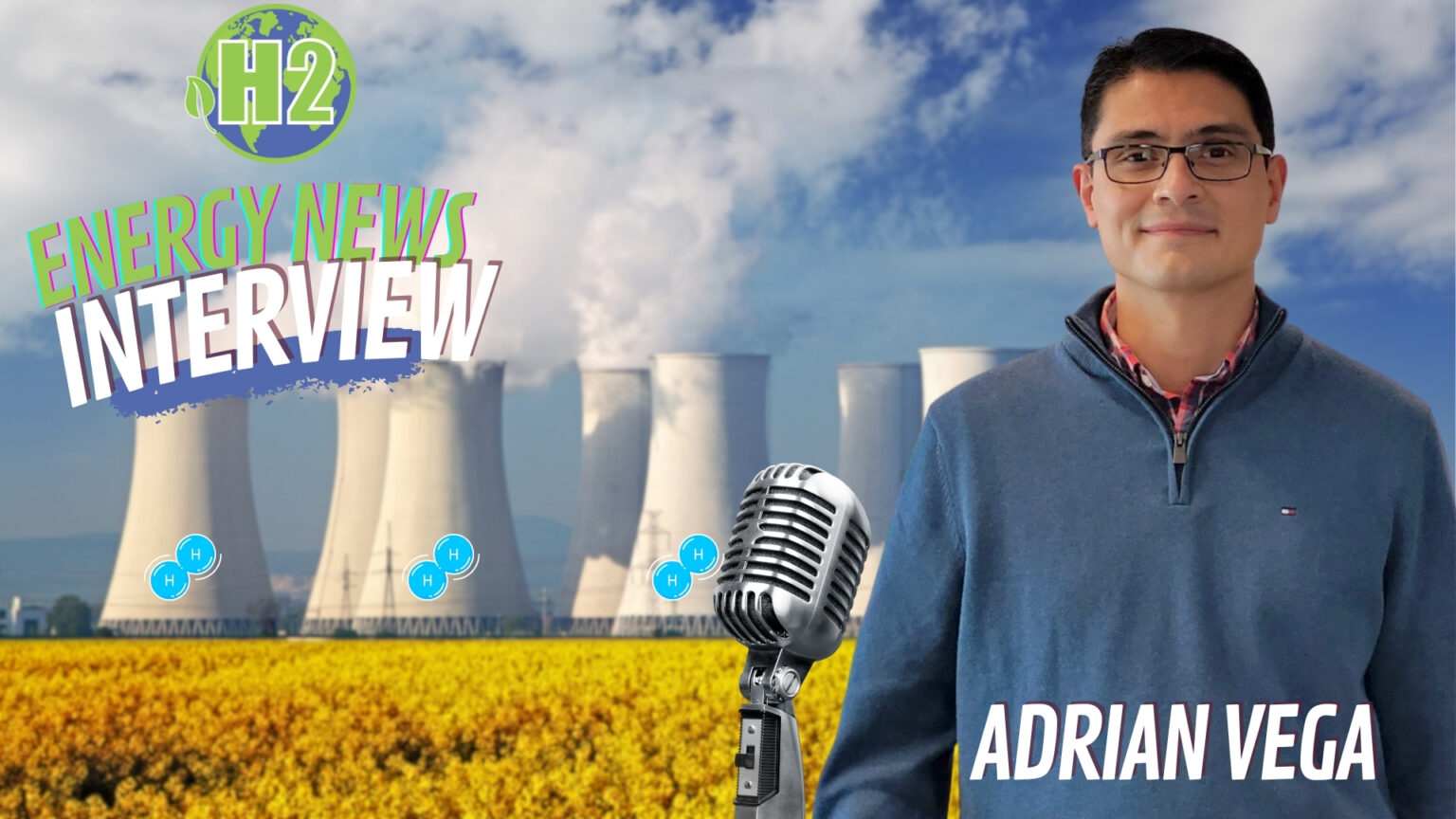While the world debates the merits of solar panels and wind turbines, a quiet revolution is brewing in the clean energy sector: nuclear-powered hydrogen production. This unlikely marriage of technologies could be the key to unlocking a zero-emission industrial future, and Canada is at the forefront of this transformation.
WATCH THE FULL INTERVIEW
The Perfect Marriage: Nuclear and Hydrogen
The concept is deceptively simple: take a nuclear power plant’s two main outputs – clean electricity and high-temperature steam – and use them to split water molecules into hydrogen and oxygen. This process, known as high-temperature steam electrolysis, could revolutionize how we produce one of the most promising clean fuels of the future.
“Nuclear has to be considered in the energy mix,” argues Adrien Vega from Canadian Nuclear Laboratories (CNL). “If you have all the advantages that a nuclear plant has in terms of electricity and heat, it only makes sense to think about producing hydrogen leveraging all that.”
Breaking Down the Economics
The numbers are compelling. Currently, over 90% of hydrogen in Canada is produced through steam methane reforming – a process that relies heavily on fossil fuels. By utilizing nuclear power’s dual outputs of electricity and heat, producers could dramatically reduce both the carbon footprint and the operational costs of hydrogen production.
Industry: The Hidden Hydrogen Giant
While much of the public discourse around hydrogen focuses on passenger vehicles and transportation, the real revolution is happening in industry. “In the future, you will see a lot of hydrogen being used in industry,” Vega predicts. “Industry will be more than happy to take clean hydrogen – it’s just beneficial not only for them, it’s beneficial for everybody.”
The Technology Race
The stakes are enormous. An “incredible amount of money” is currently being poured into hydrogen research and development. Within the next decade, high-temperature steam electrolysis technology is expected to advance significantly, potentially reshaping the entire energy landscape.
The Safety Question
Critics often raise concerns about combining nuclear and hydrogen production. However, CNL is taking a proactive approach by establishing a Hydrogen Safety Center – a first-of-its-kind hub where industry players can collaborate to address safety challenges and develop solutions.
Beyond Simple Hydrogen
Perhaps most intriguingly, the same technology used for hydrogen production could be adapted to produce synthetic fuels. By combining CO2 captured from industrial emissions with hydrogen, manufacturers could produce synthetic diesel and aviation fuel – effectively recycling carbon emissions while producing cleaner fuels.
The Global Race
As the United States launches seven major hydrogen hubs and countries worldwide initiate massive hydrogen projects, Canada finds itself at a crossroads. While the country has established clear goals through its hydrogen strategy, some argue that more aggressive market development is needed.
The Path Forward
The future of nuclear-powered hydrogen production hinges on three key factors:
- Technological advancement in high-temperature steam electrolysis
- Successful integration with existing industrial processes
- Public acceptance and stakeholder engagement
A Critical Decade Ahead
The next ten years will be crucial. As Vega notes, “There is a constant high [interest in hydrogen] and this is very encouraging… I certainly hope that in 10 years, all this high-temperature steam electrolysis technology is going to be much more advanced.”
The Bottom Line
The marriage of nuclear power and hydrogen production represents more than just another clean energy initiative – it’s a potential paradigm shift in how we think about industrial decarbonization. While solar and wind power continue to grab headlines, this less flashy but potentially more transformative technology could be the key to achieving our climate goals while maintaining industrial productivity.
The question is no longer whether nuclear-powered hydrogen will play a role in our energy future, but rather how quickly we can scale this technology to meet the urgent challenges of climate change and industrial decarbonization. The clock is ticking, and the race is on.





